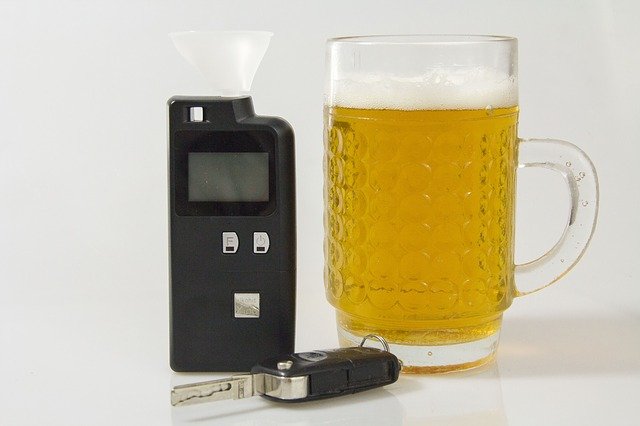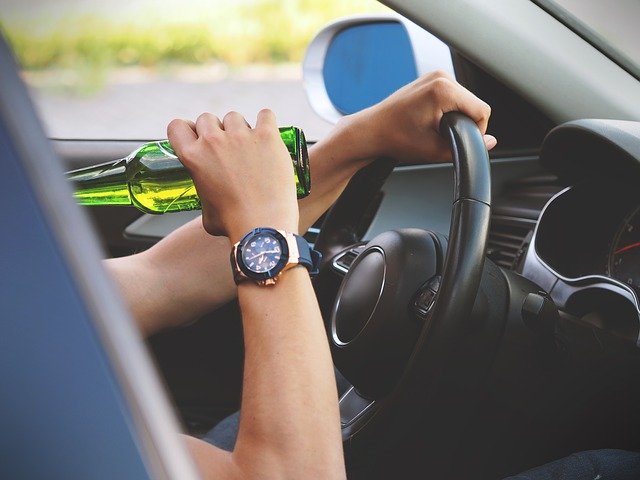
A breathalyzer allows you to calculate how much alcohol is in a person's blood.
The term breathalyzer is formed from two components: alcohol and ‒́meter . By analyzing the meaning of both, we can clearly see what the concept alludes to.
An alcohol is an organic compound that has an aliphatic radical or a derivative thereof linked to a hydroxyl group. Typically, the notion refers specifically to ethyl alcohol , which is the essential ingredient of so-called alcoholic beverages (such as wine, beer or whiskey). The compositional element ‒́meter , meanwhile, can be related to a measurement or to a device that is used to make a measurement.
What is a breathalyzer
A device that allows you to calculate the level of alcohol present in a gas or liquid is called a breathalyzer . Typically, the idea refers specifically to the device used to determine how much alcohol is in the air an individual exhales.
Also called a breathalyzer , the breathalyzer is used in so-called breathalyzer tests . The objective of these evaluations is to know the amount of alcohol that appears in a person's blood. If this amount is excessive, it is understood that the subject is intoxicated or, at least, does not have the same reflexes or reaction capacity as someone who is sober.
The breathalyzer, however, does not actually measure blood alcohol. What it does is analyze the exhaled air and then that data is extrapolated to estimate the amount of alcohol that exists in the body.
Different types of devices
Breathalyzers can work in different ways. There are breathalyzers that have an infrared sensor and are based on the fact that gases absorb certain wavelengths of electromagnetic radiation.
These breathalyzers calculate the concentration of ethanol in the expelled air based on the radiation absorbed. The calculation result is displayed on a screen.
Other breathalyzers use electrochemical cells . The ethanol, when passing through the anode of the instrument, is oxidized and converted into acetic acid, while the electrons that are released produce an electric current that is proportional to the alcoholic concentration.
It is interesting to note that some breathalyzers combine both techniques (the infrared sensor and the electrochemical cells) to offer more accurate results.

The use of breathalyzers in vehicle checkpoints aims to discourage and punish alcohol consumption while driving.
Breathalyzers at traffic stops
Various statistics show the incidence of alcohol consumption in vehicle accidents. If the driver has consumed an alcoholic beverage, his or her judgment is reduced, he or she loses inhibitions and registers a distortion of his or her reflexes and vision , which increases the risk of a road accident .
For this reason, the authorities usually carry out breathalyzer tests on public roads. When a driver exceeds the alcohol limit allowed for driving, he or she receives a penalty that may include a fine, seizure of the vehicle, and removal of the license .
Although the procedure may vary, in general the driver is asked to blow for several seconds into a slot or mouthpiece of the breathalyzer. The air is analyzed by the device, which finally displays on a screen the degree of alcohol that was in the air expelled by the person. In some cases, when the alcohol level exceeds what is established by law , a sound is made or a light turns on.
Breathalyzer tests are carried out by police or other authorities, who are responsible for stopping vehicles traveling in certain places and bringing the breathalyzer closer to the driver to carry out the test . These agents are also authorized to act when the test shows that the driver violated the rules.
